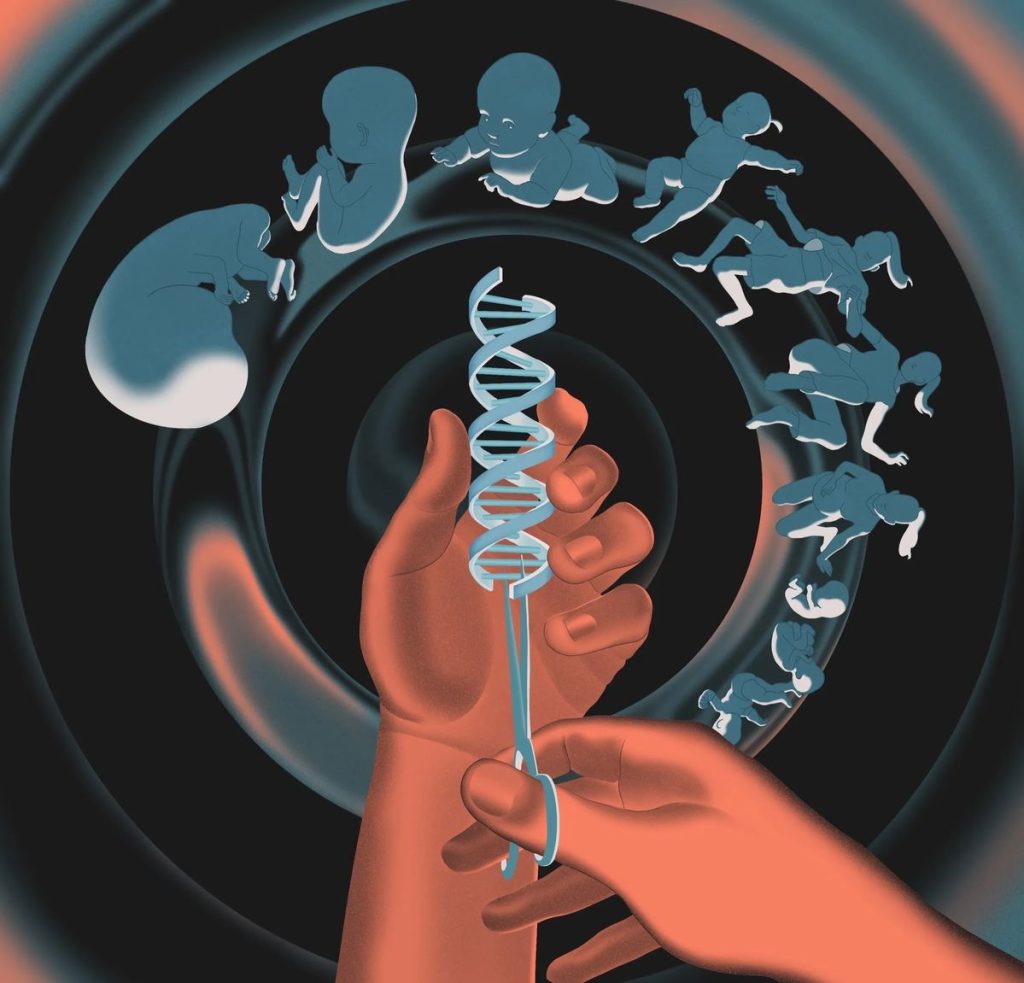
Listen up, people. It’s time to set the record straight on gene editing and bone marrow transplantation. There seems to be some confusion out there about these two procedures, and it’s time to clear up the misunderstandings once and for all.
First of all, let’s talk about sickle cell disease. This is a genetic problem, plain and simple. It’s caused by a genetic abnormality that leads to the production of faulty red blood cells. So, it only makes sense that the real cure for sickle cell disease is a procedure that corrects that genetic abnormality. And that’s exactly what gene editing does.
Gene editing is a revolutionary procedure that allows scientists to go in and literally edit the genetic code of a patient, correcting the faulty genes that are causing the disease. It’s like using a genetic “spell check” to fix the errors in the DNA. And that, my friends, is the ultimate goal in treating genetic diseases like sickle cell – fixing the problem at its source.
Now, let’s talk about bone marrow transplantation. This procedure is often used to treat sickle cell disease, and while it can be effective in certain cases, it’s important to understand that it is not the same as gene editing. In fact, it’s not even in the same league.
Here’s the deal with bone marrow transplantation. A donor who does not have sickle cell disease donates their stem cells to a sickle cell sufferer. These healthy stem cells then take up residence in the patient’s bone marrow and begin producing healthy, non-sickling blood cells. Sounds great, right? Well, yes and no.
The thing is, while the patient’s blood-forming system is now producing normal blood cells, the genetic abnormality that caused the disease in the first place is still present in other systems of the body. This means that the patient’s reproductive system, for example, still carries the sickle cell gene, and they can still pass the disease on to their children. So, while bone marrow transplantation may improve the symptoms of sickle cell disease, it does not actually correct the genetic abnormality at the root of the problem.
This is why gene editing is superior to bone marrow transplantation. Gene editing actually corrects the genetic abnormality that is causing the disease, offering a potential permanent cure. It’s a game-changer in the field of genetic medicine, and it represents the future of treating genetic diseases like sickle cell.
So, why isn’t gene editing the go-to treatment for sickle cell disease? The answer is simple – cost and availability. Gene editing is still in its early stages and is offered by very few centers around the world. It’s incredibly expensive and not readily accessible to the majority of patients. This is a problem that needs to be addressed, as gene editing has the potential to revolutionize the treatment of genetic diseases, offering hope to those who have been suffering for far too long.
In conclusion, let’s be clear about this – gene editing is not the same as bone marrow transplantation. Gene editing is the real deal when it comes to treating genetic diseases like sickle cell. It offers the potential for a permanent cure by correcting the genetic abnormality at the source. While bone marrow transplantation can improve symptoms, it does not address the underlying genetic problem. It’s time to recognize the superiority of gene editing and work towards making this groundbreaking treatment more accessible for those who need it. It’s time to give hope to those who have been waiting for a cure.
Checkout all my current offers HERE





